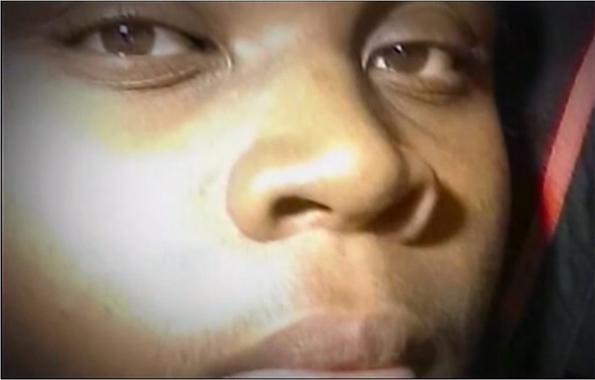Michael Brown and The Education of Our Black Men
Photograph; Michael Brown. Hershel Johnson, a friend of Brown’s since middle school remembers. “He said he wasn’t going to end up like some people on the streets. He was going to get an education. He was going to make his life a whole a lot better.”
By Charles M. Blow | Originally Published at The New York Times. August 13, 2014
The killing of Michael Brown has tapped into something bigger than Michael Brown.
Brown was the unarmed 18-year-old black man who was shot to death Saturday by a policeman in Ferguson, Mo. There are conflicting accounts of the events that led to the shooting. There is an investigation by local authorities as well as one by federal authorities. There are grieving parents and a seething community. There are swarms of lawyers and hordes of reporters. There has been unrest. The president hasappealed for reflection and healing.
There is an eerie echo in it all — a sense of tragedy too often repeated. And yet the sheer morbid, wrenching rhythm of it belies a larger phenomenon, one obscured by its vastness, one that can be seen only when one steps back and looks from a distance and with data: The criminalization of black and brown bodies — particularly male ones — from the moment they are first introduced to the institutions and power structures with which they must interact.
Earlier this year, the Department of Education’s Office for Civil Rights released “the first comprehensive look at civil rights from every public school in the country in nearly 15 years.” As the report put it: “The 2011-2012 release shows that access to preschool programs is not a reality for much of the country. In addition, students of color are suspended more often than white students, and black and Latino students are significantly more likely to have teachers with less experience who aren’t paid as much as their colleagues in other schools.”
Attorney General Eric Holder, remarking on the data, said: “This critical report shows that racial disparities in school discipline policies are not only well-documented among older students, but actually begin during empathyeducates – Michael Brown and The Education of Our Black Men:

